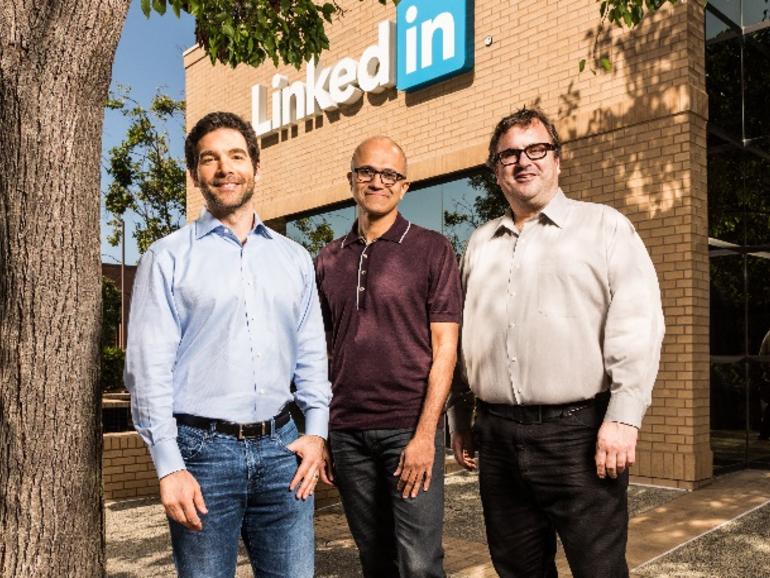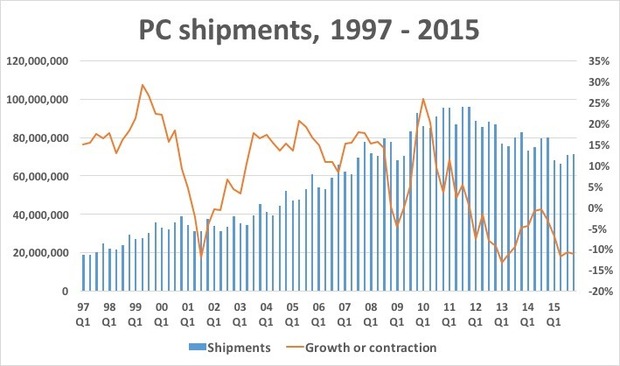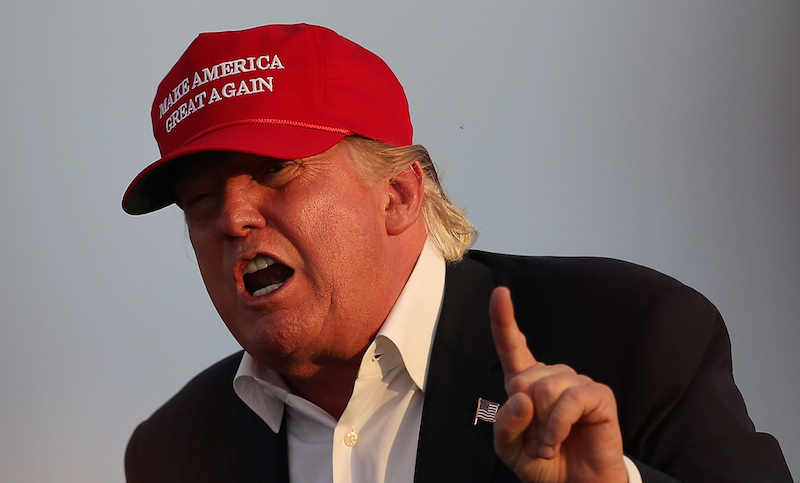|
Picture credit: zdnet.com
What does an operating system operation have to do with a social networking platform? Little.
But Mr. Nadella doesn’t want you to think of the transaction that way. Even though Windows and Office make up most of Microsoft’s revenues and profits, he knows that “PCs” are un-cool. In fact, the word “PC” scares investors away. If you’re one of the largest companies on Earth, and your bread and butter is ‘PC’, you’ll easily find a majority betting against your future. Mr. Nadella gets that, and that’s why he thinks of things in a different way. The Confusion If you heard the press conference, or if you heard the news outlets, the confusion was clear. Nobody exactly knew why Microsoft bought LinkedIn (that too for a 50% premium). I heard the prepared remarks of both Mr. Nadella, and Mr Weiner, but wasn’t convinced that was the reason. They kept referring to Microsoft as ‘The Professional Cloud company’ and talked LinkedIn in references of billions of users - both of which did not make much sense. Microsoft is still an Operating System and Software company (growing into cloud though), and LinkedIn is still a social networking site with about as many users as Instagram (Instagram users are at least more active). Theoretically, the biggest plus from my perspective is that both companies serve the same enterprise customers. LinkedIn is a unique social network that runs subscriptions and gets a bunch of its revenue from hiring organizations, while Microsoft is known for having decade old relationships with the same enterprises. It’s not difficult to see how Microsoft can make it look real easy to add additional revenue streams, while offering much better internal and external networking and development. I was excited to hear about what ways had the visionaries thought of, to achieve this. But that wasn’t the focus of the conversation, and very little (if anything) was mentioned. I wonder if this had nothing to do with it in the first place. Maybe LinkedIn wasn’t bought as an integration engine. On the same lines, it was laid out that LinkedIn will be allowed to work independently within Microsoft, retaining its employees, culture, and purpose. Maybe indeed, the purpose wasn’t to alter or enhance the connection between the two platforms at all (at least not right away). The Bigger Picture If we step back and look at what has been going on at Microsoft, we can see the picture getting clear, and here’s how - Microsoft’s core areas of business had been slowing since 2010s and it had missed the smartphone revolution.
Although the company kept growing, concerns around sustainability of its growth mounted. Mr. Ballmer worsened the trajectory by his focus on hardware manufacturing, and had literally pushed Microsoft 5 years behind the competition by focusing on wrong areas and making not-so-sensible investments. February the 4th, 2014; and in comes, Mr. Nadella.
Picture source: NewYorker.com
Since Mr. Nadella took over, he’s been driving Microsoft towards the frontiers of growth. He’s been trying his best to move into the ‘next growth areas’, while getting through the PC downturn. Turning around, or even shifting gears, for such a huge corporation, isn’t easy though. He focused on cloud. He focused on productivity. He cooled down on services. He kicked out phone manufacturing. All great moves. He even changed the reporting structure to reflect the same. What more to do? How to turn more and more % of that $95 Billion in revenues with growth areas?
While this thought could be underway, Microsoft had ~$120B sitting in cash, while being one of the only two S&P 500 companies with AAA rating. Meanwhile, the only respected social media name (after Facebook, ofcourse) had taken a >50% hit in stock price due to its last couple earnings reports. Microsoft was growing in cloud, making advances in AI, making acquisitions in connectivity, but never had anything to boast on the fourth pillar of recent tech growth trends, i.e. ‘social’. Social is where the data bank is. Social is where the trends are. However, it isn’t easy to build social network from scratch in the second phase of social evolution. In fact, many believe it is impossible. So, while the valuation of Linked (at ~$26 Billion) can be argued, it was worth a bet from Microsoft’s stash. Utilizing a debt against it at record low rates, by acquiring LinkedIn, it changed its transformation trajectory overnight. Combined with intelligent cloud, and connectivity - Microsoft can now target ‘growth areas’ to be making 25% of revenues in 2018. Turning around a slowing giant is no small task and if executed well, Mr. Nadella will have literally turned around a quarter of the company into a growth engine, in less than 4 years - that’s a phenomenal job. Well done, Satya! This move was indeed a part of the bigger plan, at an opportune time. Satya has now added the social networking feather to his growth engine cap, and is planning the turn around Mr. Softy even faster. Looking at his plan and placing this acquisition in context, the purpose of the acquisition was indeed to: "Make Microsoft cool again!" Excuse the poster below, but if you replace the Trump with Satya, ‘America’ with ‘Microsoft’, ‘Great’ with ‘Cool’, and a hot head with a cool mind, you’ll see the point of the post. Please share, if you liked it. And if you'd like to be the first one to know about my next post, subscribe here.
Picture source: http://i.kinja-img.com/
|
Brave BullTells you what the Mr. Market is missing. Archives
January 2022
Categories |





 RSS Feed
RSS Feed
